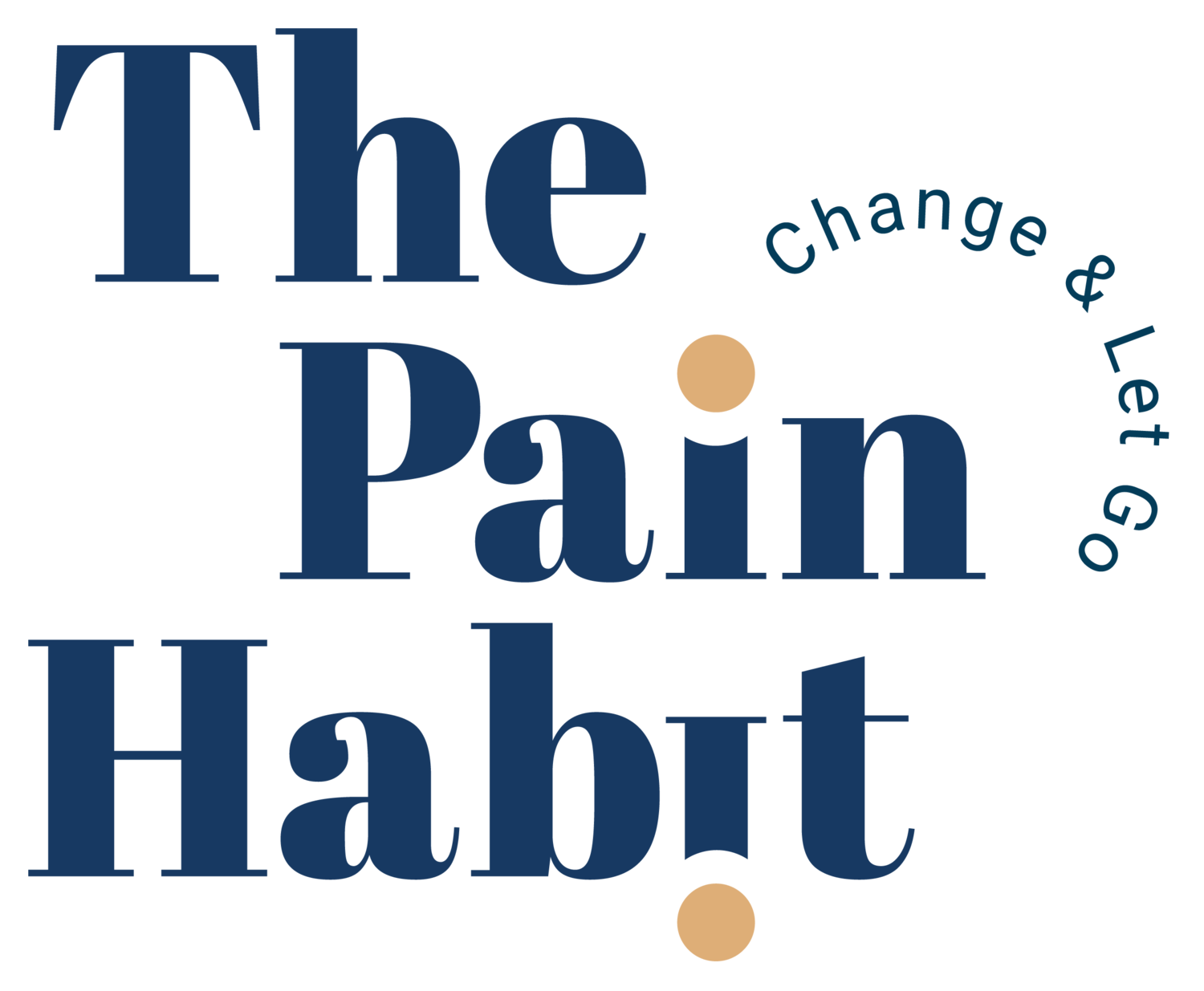Your Nervous System Isn’t Broken — It’s Protective
When pain sticks around, it’s easy to feel like your body is failing you.
But for most people with persistent pain, the nervous system isn’t broken — it’s protective. It’s learned to keep you safe by sounding the alarm early and often.
Why protection can feel like a problem
Your brain’s first job is survival. If it senses threat — physical, emotional, or social — it primes your body to protect you: muscles tighten, breathing changes, attention narrows. Pain is one of the most powerful ways the system keeps you cautious.
Over time, this protective setting can become your default. The alarm fires not only in danger, but around reminders of danger: a posture you fear, a date on the calendar, a conversation, or even a thought. The pain is real — but it’s more about protection than damage.
A patient story — “Maya”
Maya’s neck pain began after a stressful period at work. Scans were unremarkable, yet the pain persisted. It flared most on Sunday nights and before big meetings. Nothing was “wrong” with her neck — her system was doing its best to keep her safe in situations it had learned to fear.
Teaching safety (instead of proving toughness)
You don’t fix a smoke alarm by shouting at it. You help it recalibrate by changing what it’s listening for.
Notice patterns — When does pain rise? What’s happening around you?
Send safety signals — Slower breathing, softer shoulders, grounded feet.
Move with kindness — Gentle, repeatable movements in feared contexts.
Allow feelings — Let emotions surface without rushing to fix them.
Repeat — Small, consistent exposures teach the system: this is safe.
Takeaway
Your body isn’t against you — it’s for you. When you stop fighting the alarm and start teaching safety, the volume can come down.
Your nervous system isn’t broken. It’s protective — and it can learn a new way.
You don’t have to figure this out alone. Here are some helpful next steps…
Join our FREE private Facebook group, The Pain Habit Community, to see how others have successfully returned to a pain-free life. Get support on your journey.
Sign up for The Pain Habit Blog below.
Subscribe to The Pain Habit YouTube channel.
Buy The Pain Habit book. Order here.


